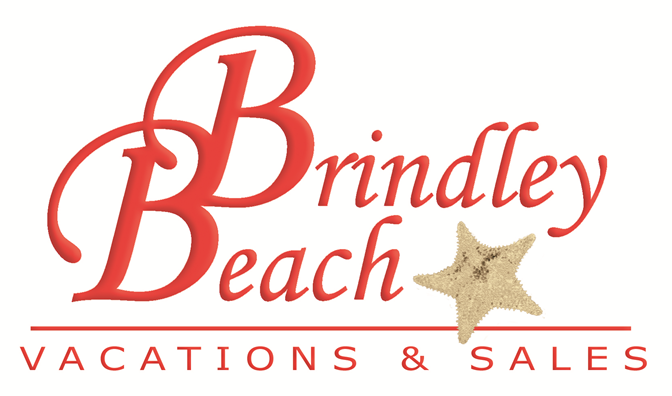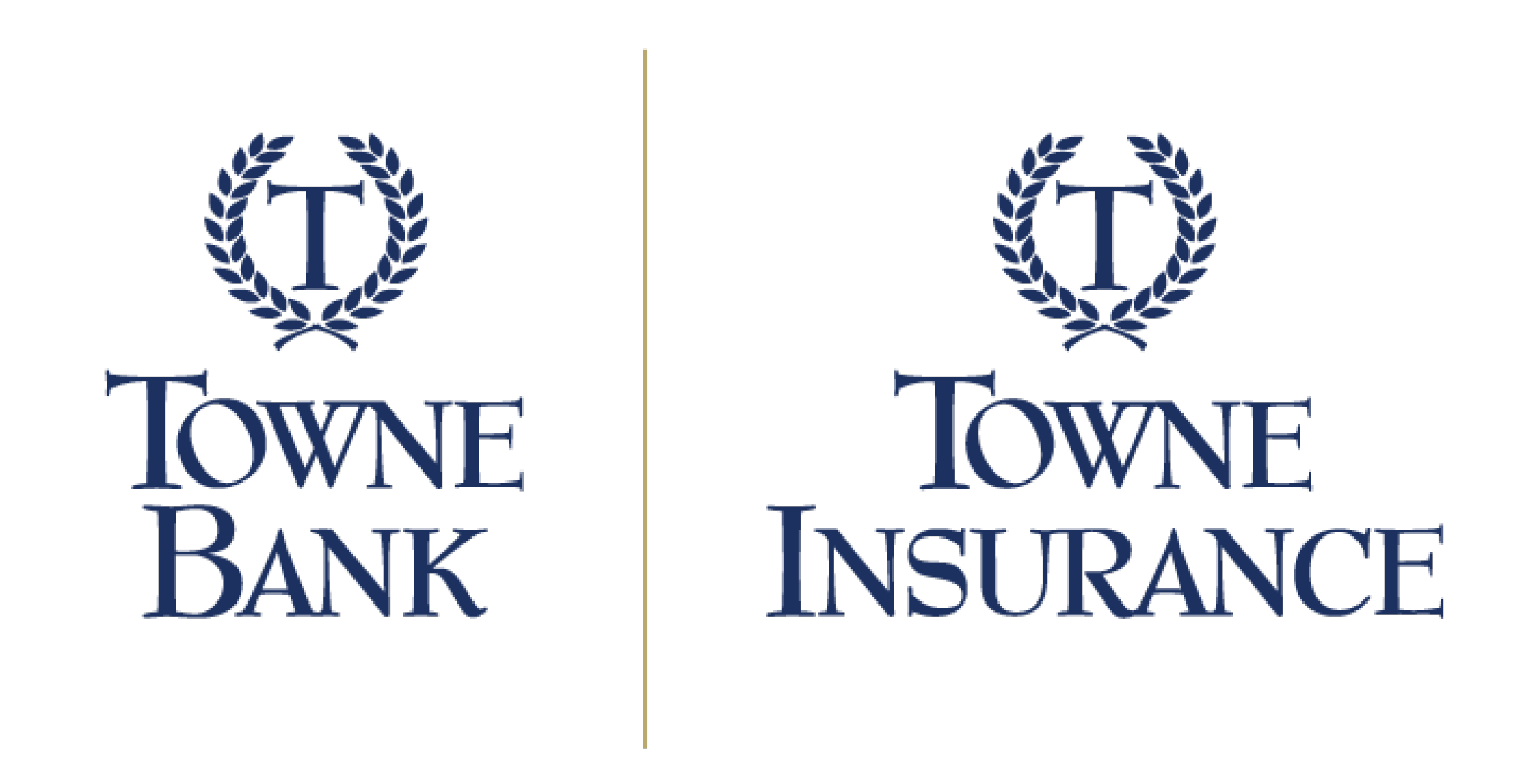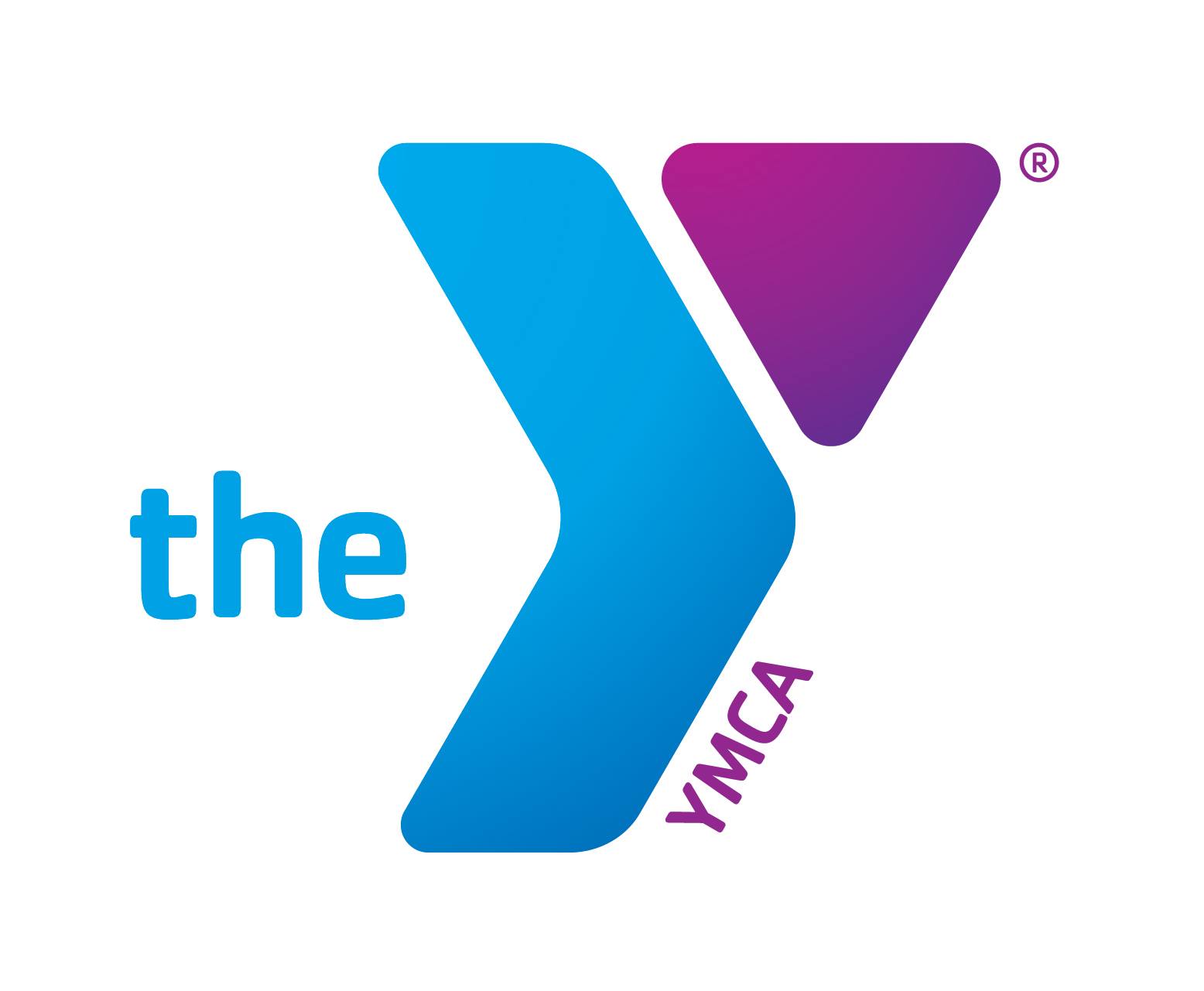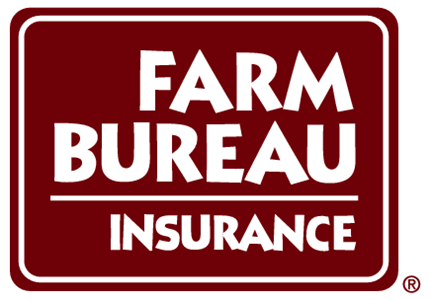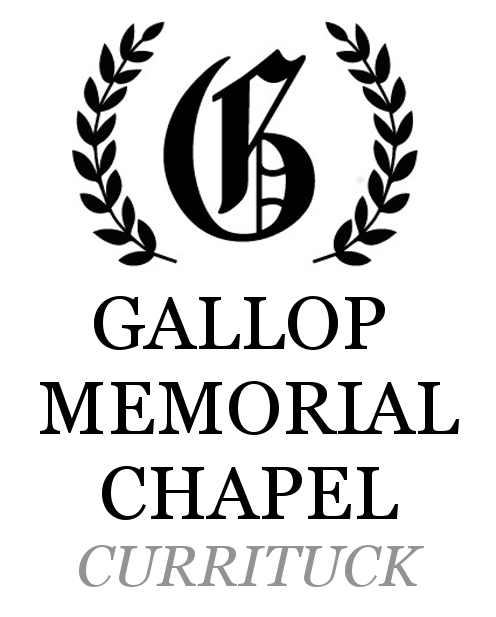When people are discussing their estate plans, many arrive with a preconceived notion that the need a “trust.”
In some circumstances the reasoning behind this is simply because a trusted friend or advisor has said so. In some cases the individual believes that a trust will protect their assets (the threat from which requires protecting varies widely), in the minds of others, a trust avoids probate and escapes estate taxation. The reasons why people believe they need a trust are numerous, yet the vast majority of people asking for trusts are not exactly sure what a trust is.
Historically, there is a belief that trust were created in English common law at a time where Englishmen were making the long and dangerous journey to fight in the Crusades. At that time they would leave their property in the hands of a trusted individual who would manage the property, pay feudal dues, and return the property to the original owner upon his return from the crusades. However, there is evidence of trust concepts which date back to ancient Roman civilization. Citizens of the Republic were prohibited from transferring property to certain classes of individuals such as unmarried persons, couples without children, foreign persons, etc. In order to circumvent such restrictions, fideicommissum (a trust) was invented. Thus the Roman concept of a trust was designed to facilitate the transition of wealth and property upon death where the English concept of a trust provided a means of protection when a property owner was unable to protect his own property.
Trust law has become significantly more intricate in modern civilization. Modern trusts are a means to separate legal title from beneficial enjoyment. This means that the person who holds title to trust assets is not necessarily the same person who receives the benefit from the assets within the trust. The Trustee holds legal title to trust assets which means the Trustee controls assets within the trust. Because of this, a Trustee can sell, rent, reinvest, hold, mortgage, or otherwise manage assets within the trust. A Trustee may not, however, utilize trust assets for her own benefit, unless the terms of the trust say otherwise. The beneficiary is the person (or people) for who the trust is intended to benefit. The beneficiary is the person who reaps the benefits of the Trustees management of trust assets. This happens when a Trustee makes a distribution to or for the benefit of the trust beneficiary.
Written into the terms of the trust document (typically called a trust agreement) are “rules” which dictate how and when trust assets may be distributed (used) to or for the benefit of the beneficiary. For example, a trust agreement may be created for the purpose of paying for the education of the trust beneficiaries. The trust may contain a statements which says something like “The trustee may make distributions for beneficiary’s educational expenses. Educational expenses include, but are not limited to, tuition, room, board, books, fees, laboratory fees, education abroad costs, and a new wardrobe seasonally.” When the beneficiary is not in school, the Trustee is investing trust assets into some sort of investment vehicle (stocks, bonds, mutual funds, CDs, money markets, etc) but when the beneficiary begins college and presents a tuition bill to the Trustee, then the Trustee may write a check from the trust to pay the college tuition bill directly. The Trustee can also reimburse the beneficiary for money spent on a new fall wardrobe before leaving for college. However, when the beneficiary presents the Trustee with a bill for a trip to Mexico for spring break, the Trustee can decline to pay such bill since it is not an educational expense (despite what the beneficiary may say).
For estate planning purposes, trusts are apparatuses which are used to accomplish a specific goal or objective. For example, a charitably minded individual may wish to create a charitable trust which benefits their favorite charities at their death. For those with a taxable estate (currently an estate which exceeds $11.58 million) certain trusts may remove assets from a taxable estate. For those who wish to protect an inheritance for their beneficiaries, they may choose to create discretionary trusts for those beneficiaries.
Trusts may be created during the lifetime of a Settlor (person who creates the trust) and may provide benefits to the Settlor or her determined beneficiaries during the Settlor’s life. Or, trusts may be created at Settlor’s death. A trust may be revocable, meaning that it can be revoked, altered, or amended during the Settlor’s lifetime, or, they may be irrevocable, which means they cannot be amended or otherwise changed after created. Trusts may facilitate the transfer of property at a person’s death or may simply provide a means of asset management.
Trusts are extremely useful tools in estate planning. However, effective estate planning should begin by examining and considering the goals and objectives to be accomplished and the planner should consider all options to achieve those goals. Trusts may be a part of the solution, however, a trust is not a plan in itself.
Letha Sgritta McDowell, CELA, CAP
Hook Law Center
We are an Elder Law firm based in Virginia Beach, Suffolk, and Southern Shores. Our firm can be reached between 8:30 AM and 5 PM EST at 757-399-7506.




